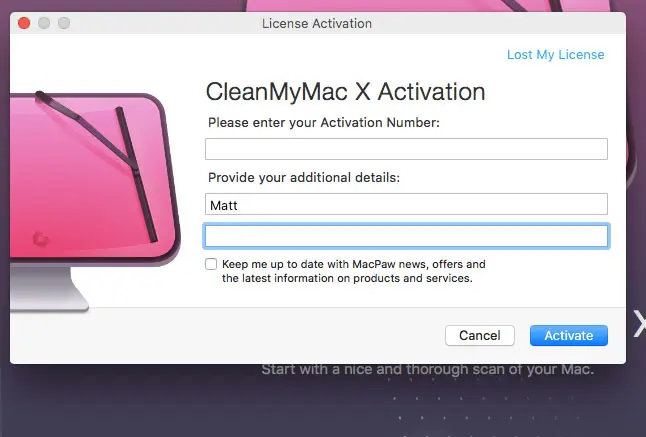
Younger workers are 5x more likely to make mistakes with security consequences.  43% of people have made mistakes at work that compromised cybersecurity.
43% of people have made mistakes at work that compromised cybersecurity.  1 in 4 workers have clicked on a phishing email at work. The likelihood of a Mac user getting a virus largely comes down to that user’s behavior. Macs can and do get viruses.Ĩ8% of today’s data breaches are caused by human error. Automatic security and Notarisation updates. Unknown software installed on your Mac. You see annoying advertisements and pop-ups too often. How Do I Know If My MacBook Has A Virus?. Hover your cursor over a path to reveal the entire file path. You can scroll to the right to see a fourth column showing the full path. See below for an example scan report.Ĭlick one of the Threats to see items that were quarantined of that type. View report: This button shows expanded report details of the scan that that just finished. Reports: This tab shows rows of all previous scan reports. Done: This button closes the Scanner card, bringing you back to the program Dashboard. After quarantining threats, the Scan summary displays. Click Quarantine when finished selecting items. If no threats were found, congratulations! If threats were detected, check the boxes next to items you want to quarantine. On the Scanner card, click the blue Scan button. After a scan finishes, you have the option to view a detailed scan report.
1 in 4 workers have clicked on a phishing email at work. The likelihood of a Mac user getting a virus largely comes down to that user’s behavior. Macs can and do get viruses.Ĩ8% of today’s data breaches are caused by human error. Automatic security and Notarisation updates. Unknown software installed on your Mac. You see annoying advertisements and pop-ups too often. How Do I Know If My MacBook Has A Virus?. Hover your cursor over a path to reveal the entire file path. You can scroll to the right to see a fourth column showing the full path. See below for an example scan report.Ĭlick one of the Threats to see items that were quarantined of that type. View report: This button shows expanded report details of the scan that that just finished. Reports: This tab shows rows of all previous scan reports. Done: This button closes the Scanner card, bringing you back to the program Dashboard. After quarantining threats, the Scan summary displays. Click Quarantine when finished selecting items. If no threats were found, congratulations! If threats were detected, check the boxes next to items you want to quarantine. On the Scanner card, click the blue Scan button. After a scan finishes, you have the option to view a detailed scan report. 
Scheduled scans are available for the Malwarebytes for Mac Premium and Trial versions. With Malwarebytes for Mac, you can run a Threat Scan whenever your computer is turned on. Note: Malwarebytes for Mac can not scan individual folders or external hard drives. If you have Malwarebytes on a Mac device, we recommend scanning your computer at least once a week, even if you have Real-Time Protection turned On. Scanning your computer helps detect and remove malware, viruses, trojans, and other potentially unwanted items.







 0 kommentar(er)
0 kommentar(er)
